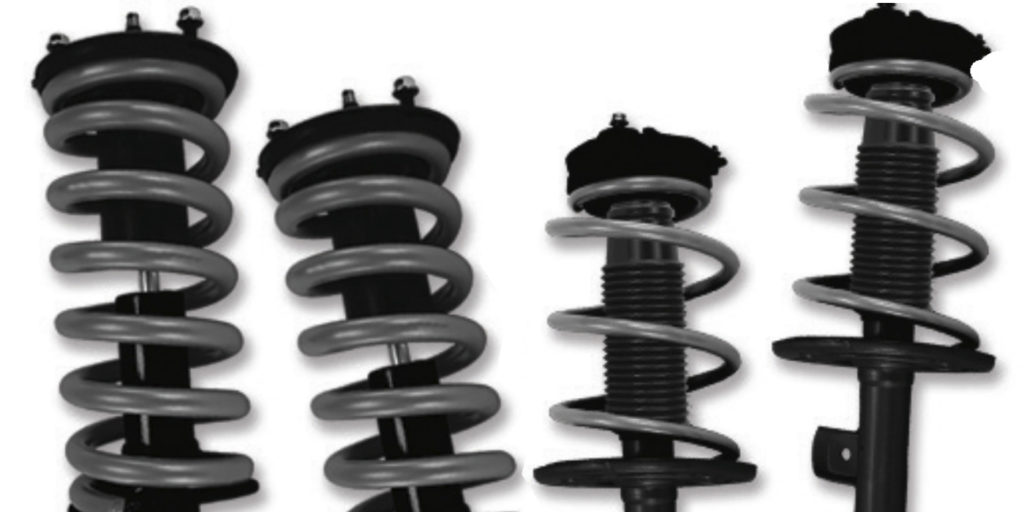Nissan spends a lot of time perfecting the springs and struts for a platform. The goal is to strike a balance between comfort and handling. But once the car has traveled more than 100,000 miles, that balance may be lost due to wear in the struts/shocks, springs and mounts.
Nissan engineers tune the spacing and pitch of the coils, as well as heat treating of the spring. They can also change the geometry of the spring by making it a barrel shape that affects how loads are absorbed. This is why a Nissan car might have different left and right springs in the front. Every time the spring is compressed or cycled in engineering terms, a tiny amount of fatigue happens to the spring. Over billions of cycles that can occur in 100,000 miles, the spring could have lost its ability to control the body and suspension.
The shock or strut controls how the energy in the spring is absorbed and compressed. This means the specifications for the spring and strut are linked. It also means that when one component is worn, it impacts the other. If you were to replace a spring and not the strut, the new spring might overpower a high-mileage shock or strut. The same is true in some high-mileage vehicles if you replace the strut or shock and not the spring.
Upper strut mounts and bearings can be hammered to death by the time a vehicle reaches 150,000 miles. The upper strut mount supports the vehicle weight and counters both braking and acceleration torque. Most mounts are sandwiches of rubber, metal and bearings. Over time, the rubber can lose its ability to isolate the suspension from the body. Bearings can also seize and bind, causing vehicle steering problems.
Installing a loaded strut can eliminate problems down the line with a customer’s ride control system. For example, when a new strut is reassembled with the old and tired spring and strut plate, the results can be less than desirable.
Look up the ride height specifications and measure ride height front and rear, as well as on both sides of the vehicle. If ride height is less than the specifications call for, the problem is most likely one or more weak springs that should be replaced. Springs can be shimmed, but the best fix is a new spring. Springs should usually be replaced in pairs to maintain the same ride height side to side.
It is recommended to replace all struts as a pair, unless it is being replaced for collision damage. No special tools, other than hand tools, are required to change a pair of loaded struts. However, on applications where there is no separate upper wishbone control arm to maintain wheel alignment, replacing a strut or pair of struts always requires checking and adjusting wheel alignment after the new struts have been installed.
A high-mileage bushing on a Nissan may start to wear and lose the ability to control the movement of the suspension. The bushing might not make noise, but it could cause issues with the alignment. In some cases on Maxima and Altima models, a bushing will change caster and camber angles when cornering. This can cause changes in the handling and steering feel.
Some Nissan control arm bushings are hydraulic. They push fluid between chambers to control the movement of the bushing and absorb vibration. These bushings are tuned to the vehicle and tire package. If a leak is detected, replace the bushing or control arm.
With most independent rear suspensions on Nissan vehicles, the condition of the bushings on the lateral, trailing and toe links have a direct influence on the condition of the rear tires. If you see inner edge tire wear, inspect the bushings.














